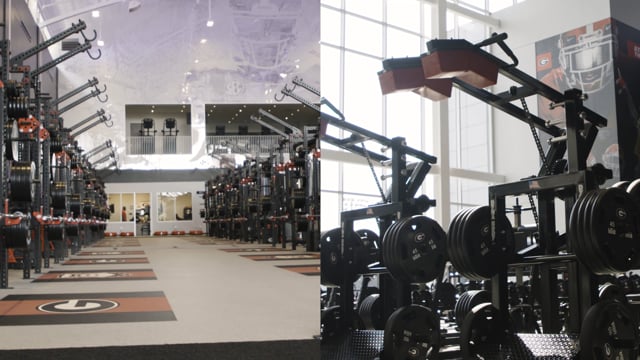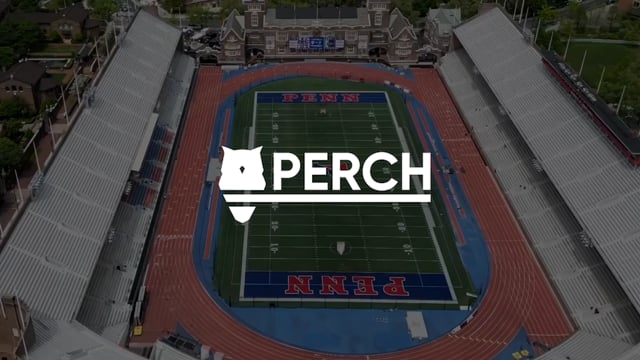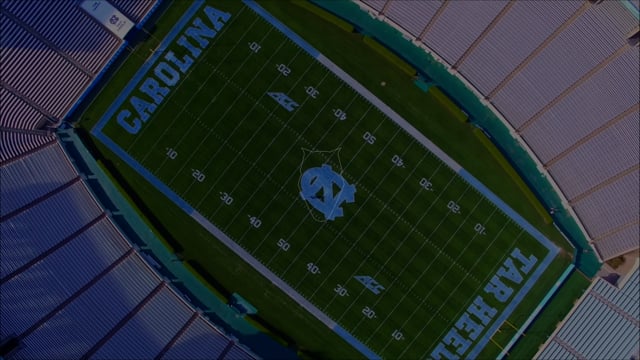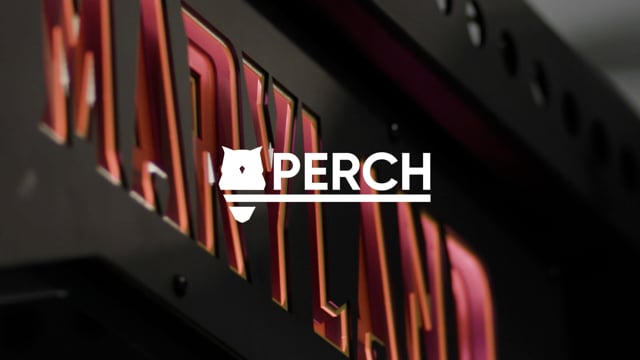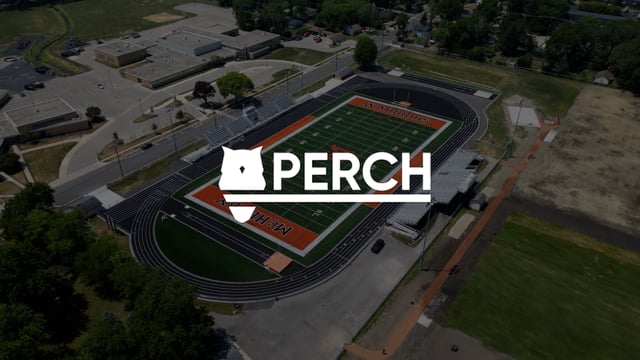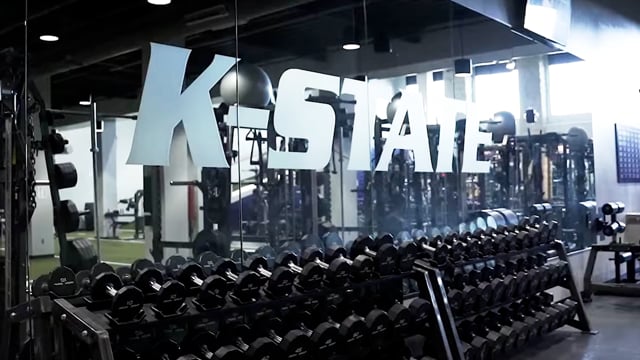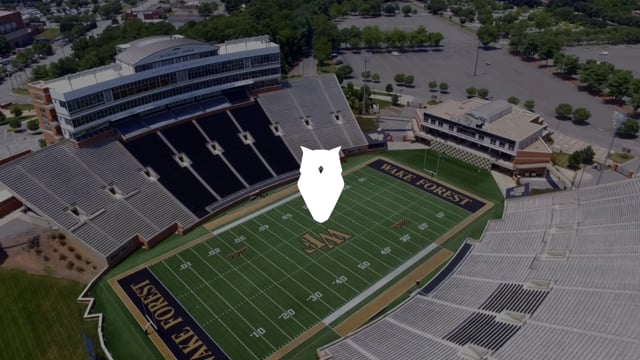Duke University Football

DUKE UNIVERSITY FOOTBALL WITH JEREMY JACOBS
Jeremy Jacobs’s first love was football. At 18, he was ready to go to college to continue to play when 9/11 happened. He shifted gears, joined the Army and the Airborne Rangers and saw active duty in Afghanistan and Iraq. Jeremy served 4 years and when he got out he was a little lost as to what came next. He contracted for the military, then became an EMT/firefighter, then a golf pro in California, and eventually ended up back in his home state of Wisconsin.
It was then that Jeremy began weightlifting “again”, got his USAW certification, and started coaching. Finally landing on what he loved and seeing a clear career path, Jeremy went back to school on his GI bill at 28 and earned his bachelor's degree in exercise science. He took a role with University of Wisconsin, Milwaukee, then went to Louisiana State University to earn his masters and simultaneously work with the football team as a graduate assistant. He stayed at LSU for 6 years. While there, he earned a ring with the 2019 National Champions Tigers. Now at Duke University, Jeremy operates all weight room performance monitoring technology, including Perch and continues to coach athletes and stay close to his first love, football.
This is largely in his own words and from his perspective, with some direct quotes as well.

GETTING STARTED WITH VELOCITY BASED TRAINING
Jeremy first learned of VBT with the Tendo unit, and immediately saw the merit. “In traditional training you are married to the numbers you prescribe. That means that you have to have a testing day to announce you got better. If those numbers don’t go up, it means your program didn’t work. And that may not be the case. With velocity I can see improvement consistently because I have additional data points besides load that tell me if my athletes are getting better. It takes the guesswork out of how your guys are handling your program.”
The first thing Jeremy noticed that made the biggest impact? Feedback. “Consistent feedback is a huge part. Research has shown that there’s improvement in performance when you give feedback. Once your athletes see a numerical metric that indicates performance, then they have something to attack on that next rep. That intent changes your training rep to rep and you get a much higher quality training.”
More than anything, you just have to start using technology, get comfortable with it, and get your athletes comfortable with it. Collect data, start looking for trends, and then you can use the data to help guide your program.
IMPLEMENTING VBT IN A COLLEGE FOOTBALL PROGRAM
At Duke, Jeremy was hired largely because he was familiar with technology, running Perch, and running force plates.
In his words, “VBT is not new, but it’s gained quite a bit of notoriety in the last few years. It is a way of tracking training through the bar speed rather than a certain percentage on the bar. It takes away the guesswork of how an athlete is handling the load or the program.” The athletes also see feedback. And that is important. Says Jacobs, “there is a lot of research out there that indicates athlete performance improves with feedback. That really simply means that their intent is better. They try harder. Their quality of training is better too.”
When it comes to injuries (or lack thereof) Jacobs is confident the technology they use at Duke has a lot to do with it, “We had fewer soft tissue injuries, we saw more motivation in the weight room. And we realized that it might just be because of bar speed and them seeing it so often maximized their intent, and that may have kept them healthier throughout the season.”
An underutilized method of applying VBT is via velocity loss thresholds. In Jeremy’s words, “we use velocity loss thresholds, the principle behind this is the less velocity loss you have, the less muscle fatigue and damage you get. So if I’m trying to get a training effect, but still ensure my athletes are feeling good, I’ll make it a smaller threshold, a 5-10% loss. Whereas if I’m really trying to elicit fatigue and muscular growth, I may set that threshold to 20-30% and create a bigger stimulus to that muscle.”
When it comes to having technology guide programming: “We talk a lot about overtraining and preventing overtraining, but I think there is a ton of value in preventing under training too. We have all this technology, GPS, force plates, VBT, that come together and paint a picture of performance. One of those devices in isolation might indicate you need to pull back (GPS mileage for example) but that might not be the case, the guys can handle more, and if you want the adaptations you need to provide the stimulus for it. This feedback and data we get is critical to inform that.”
To cross reference and validate VBT with other weight room technology - the force plate for example, “we have our velocity day on a Friday, so higher speeds and focusing on intent. The training effect from that lasts 24-48 hours. It was consistently impressive how much better the guys would feel walking into the building on Saturday for a scrimmage or games. We would test them on force plates on Saturday mornings. As an example, we had one running back who increased his jump height by an inch on the plate, and his RSI improved 12%. We saw similar data consistently across our guys. And that is largely from that training effect of having our velocity day on a Friday.”
WHY PERCH?
Logistics drives everything Jeremy and Duke Football does in the team setting: “We went with Perch because it was so user friendly and the tablet is so clean and easy to see. There’s a calendar so we can see what the athlete did last time they lifted. It’s also a cloud based system, so you can pull up data on your computer and see long term trends. We don’t have to manually collect data anymore.”
According to Jacobs, with weight room technology and VBT, the most important thing is to teach your athletes intent. How to work hard, how to try hard, “basic exercise physiology teaches us about this muscular load velocity curve. The entire goal of training is to shift that curve to the right. So you need to train heavy, you need to train light, and you need to train in between. And you need to teach your athletes to put max intent into the training.
“With Perch, I accumulated so much data on our players from 30% 1RM up to their maxes and multiple sets and reps at various loads, I can see that data over time. And the cool thing is that it came out to be very very linear.”
Using a VBT device or performance monitoring tool like this “when you get new athletes, freshmen, transfers, whatever - we use velocity to guide a lot of what we do. We don’t know them as athletes or lifters, so velocity is a helpful tool to help guide load.“ In other words, Perch is a tool that helps you monitor your program way better than you could otherwise, according to Jacobs.
And lastly, Perch continues to put out educational content, and the product is continuing to evolve. Says Jacobs, “don’t be surprised if they can soon take a lot of the data you can get at a force plate and make it possible to get at a platform. It is user friendly, it is scalable in a large weight room setting, and importantly the export is super clean and super easy to understand and use.”

WEIGHT ROOM TECHNOLOGY CULTURE
Perch and other technology helps guide culture and effort in the Duke Football room too, “sometimes when you tell an athlete you’re deloading, they’ll go super easy and not try hard even at the volumes you’re giving them. But the beauty of Perch is we’re still asking for a high quality training, we might just be looking for a higher speed and therefore lower weight, but we’re still requiring them to try hard. So deloads are true volume or intensity deloads, but the quality of training remains high. It just sets us up to keep progressing.”
When it comes to VBT, says Jacobs, “I don’t even like the term ‘velocity based training’ because people think it just means fast. And it doesn’t always mean fast. It’s not always how fast the bar moves. In most sports, power is a very important component of what you’re producing, and velocity is an important component of power, but it’s not the only component.”
Lastly, “in our weight room, we ring the PR bell before they attempt their PR, and it teaches them to perform under pressure. We get data and metrics from every rep. We drive intent. We drive competition. We drive performance.”
TIPS AND TRICKS
- Just start. Collect data and use technology. The actual how you will implement it will follow, but you have to just start collecting data and looking for trends. That’s step one.
- Train light. Train heavy. Train in between. And collect data across the spectrum. Understand where your athletes perform, establish a baseline, and make them better from there.
- Demand excellence from your athletes in everything you do. They have a hard time conceptualizing what fast or power actually means until you assign a metric to it. Use technology to assign the metric, learn as you go.
- Drive competition, always. Fuel the competitive fire they have and use it to help them perform under pressure, work hard always, and above all: compete.

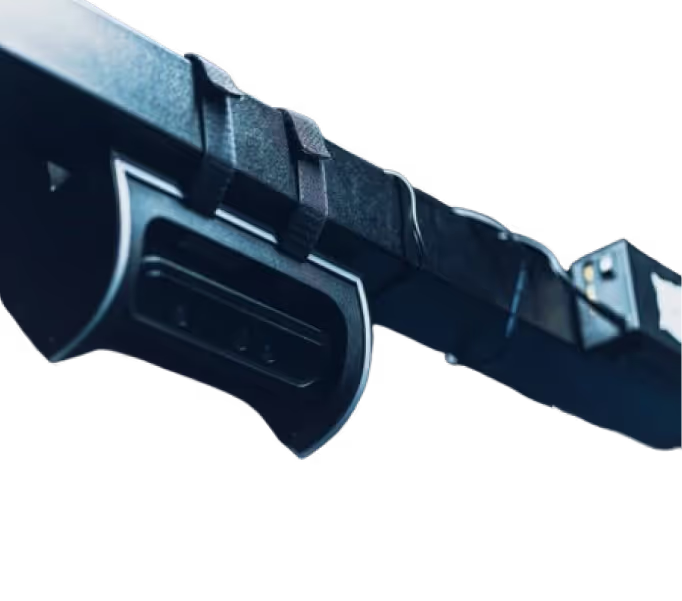
Start Gathering Data With Perch Today!
Reach out to us to speak with a representative and get started using Perch in your facility.
